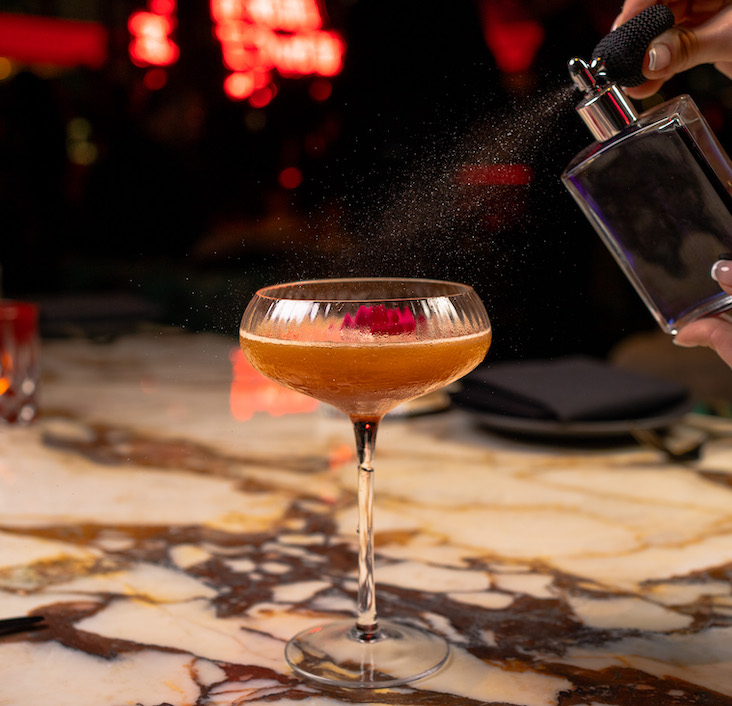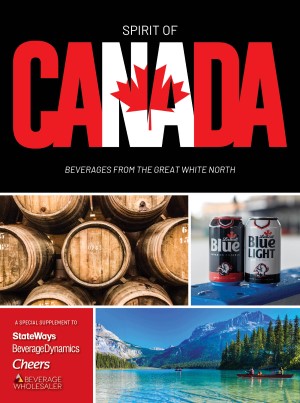Luckily, light beer isn’t much of a gamble. A beer salesman selling a new sour chocolate-chipotle ale at $15 a bottle wholesale might have his work cut out for him, but one selling light beer does not.
“Light is still growing,” says Harry Schuhmacher, editor and publisher of Beer Business Daily, the beer newspaper. “It’s probably because of the tough economic times, but people tend to go back to their tried and true brands—and [light beer is] still priced low.”
Segment leader Bud Light, which sells more than its two closest competitors combined, grew 0.6 percent last year to reach 573.5 million 2.25-gallon cases. Coors Light grew 4.5 percent to reach 250.8 million cases, both Natural Light and Busch Light each grew more than 3 percent, and Keystone Light exploded with growth of 11.6 percent. Of the top six light beer brands, only Miller Lite declined last year, losing 3.1 percent and slipping from second to third most popular light beer with a volume of 244.4 million cases.
“There will always be a place for light beer,” says Daniel Bradford, publisher of All About Beer magazine. “Consumers find their place on the [marketing] pyramid and generally hang there. That place is built around brand, image and flavor. The dominant light beers combine those three attributes.” They also bring large ad budgets, which help fill seats at the bar.
Light beer offerings are “getting more people through the door,” says Dennis O’Brien, brand manager for Elephant & Castle Pub and Restaurant, based in Boston and with 24 locations in the United States and Canada. “Most of the big producers do a lot of advertising, and they haven’t cut back. Especially in the light beer market, if you are going to drink light beer, that’s what you drink.”
“We’re fighting for all the traffic we can,” says Erin Shipley, marketing and beverage director for the Fox & Hound Restaurant Group—part of Champps Entertainment—which runs 85 locations out of Wichita, Kan. “We are building more value-added promotions and some happy hour discounting in our local markets. Yet cost and quality of products are equally important when deciding which products we feature. With the increased prices of products these days taken by our suppliers, we need to make sure we are serving quality brands without increasing the prices to our guests and sacrificing the guest’s perception of the value in our beverage programming.” Light beer fits the bill when it comes to low-cost beverages with high quality and solid name recognition, she says.
Beyond the Heavyweights
While the largest brands are driving sales and drawing guests, light versions of upscale brands have elicited a mixed response lately. Corona Light has seen steady growth, 5.1 percent in 2008, according to The Beverage Information Group, even as its marquee leader suffers its first sales loss in years; Corona was down 3.5 percent last year. Heineken Premium Light’s launch was strong, but lately its sales have stalled; it was down 1.1 percent in 2008. Amstel Light also continues a steady slide, down 10 percent last year. Domestic attempts have done even worse. Michelob Light continues to slip, down 5.7 percent, and Budweiser Select has fallen by more than a quarter since 2007.
Extra light beer is doing well, however. Michelob Ultra, which has recovered from its two-year slide earlier in the decade, is back on the rebound, up 1.6 percent in 2008. The new MGD 64 is hot out of the gates, too. “The brand’s on fire,” Schuhmacher observes. “The ads and the execution have been brilliant. The beer’s very light, and it’s low in alcohol, too. It was a smart move.”
Craft light beer also is doing well. The idea of “craft light beer” might sound silly, but 5.6 percent growth for Sam Adams Light demonstrates that the category is making a strong showing.
Growth in light craft beer is reflective of the overall craft beer market as total craft beer sales were up more than 5 percent in 2008. “You have to pay attention to the commodity light beers since they drive so much of the beer business,” observes Shipley at Fox & Hound. “But there’s always an opportunity to upsell to premium, craft and import beers as well, whether they’re light beers or not.”
“You’re seeing an evolution,” notes Ken Lennox, beverage director for Ruby Tuesday, the Maryville, Tenn. concept with roughly 900 locations. “We have Sam Adams Light and Heineken Premium Light on the Ruby Tuesday menus now, and Heineken Premium Light sales are growing incredibly, [and are] now about 25 percent of total Heineken sales. That screams to me that [consumers] are looking for choice, for a more flavorful light beer as an option.”
Options are good, but don’t confuse niche opportunity with mass category shifts. “Nobody’s cracked the code on ‘flavorful light beer’ yet,” cautions Beer Business Daily’s Schuhmacher. “They haven’t been complete failures—they’re big brands—but they haven’t reached the scale that they anticipated.”
There will be time for smaller players once the economy picks up. For now, though, many operators are focusing on the basics, offerings that help support happy hour promotions and are familiar to guests. The returns may not be huge, but light beer is a sure bet that still has operators pouring on the profits.
Related stories
Leading Light




